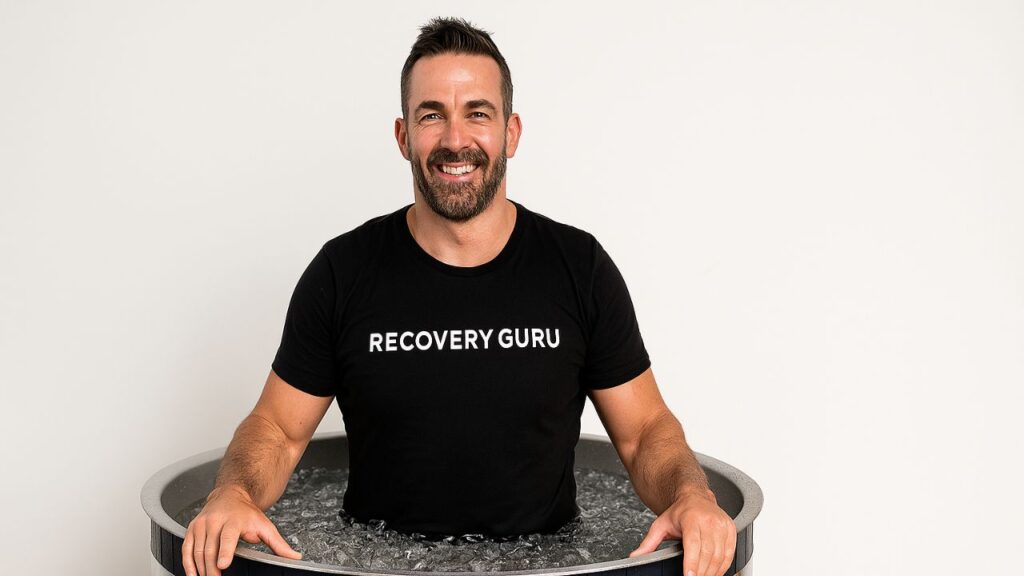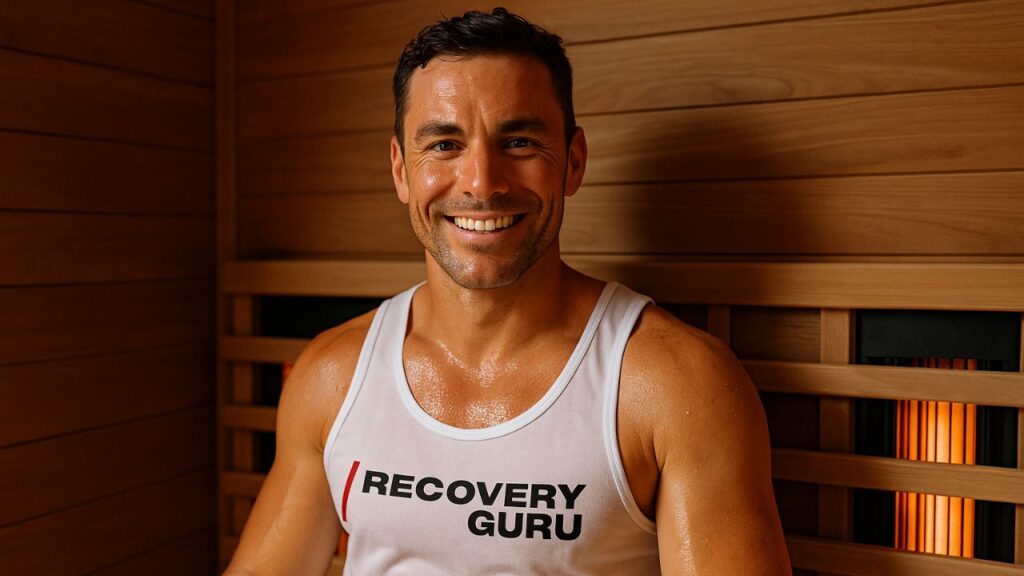Sauna Vs Ice Bath: Which Is Better For Exercise Recovery?
We include links to products we think are useful for our readers. If you click and buy a product through one of the affiliate links on this page, we may earn a small commission.
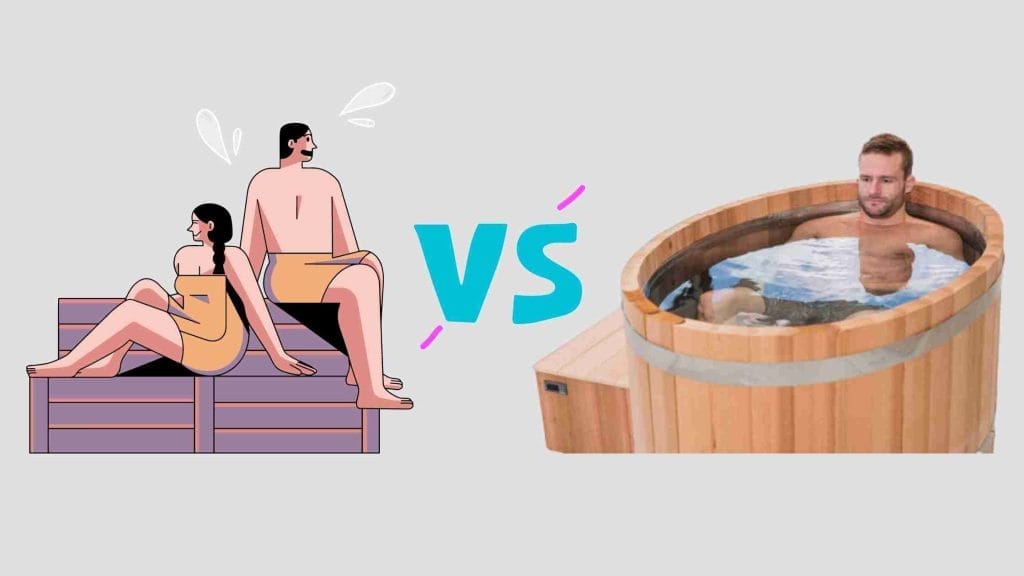
Sauna vs Ice Bath
Does heat therapy or cold plunge boost recovery more? We take the guesswork out of whether to sauna or ice bath post-workout
Do you like it hot or cold? No matter what your fitness goals are, recovering properly after a workout is essential for success. Muscle soreness and fatigue can make it difficult to continue progressing, and even lead to injuries if not addressed. It is worth knowing which recovery modality, sauna or ice bath, is more beneficial and it comes down to the type of exercise you are recovering from.
Although it may be more tempting to take an ice bath to cool off the body quick, there are still debates when it comes to which is the better way to recover after a tough workout: warming up in a sauna or hopping into an ice bath tub.
Both offer their own benefits, and considering there is a wide range of workouts and physical activities, it can be difficult to determine which recovery is the better option. While sauna increases blood flow or vasodilation, ice baths conversely constrict blood vessel and move blood away from the body surfaces to protect vital organs.
With this comprehensive guide, we’ll provide you with all the information you need to decide which recovery method is most suitable for you based on your specific physical activity, in order to make an informed decision regarding your recovery plan.
What is recovery?
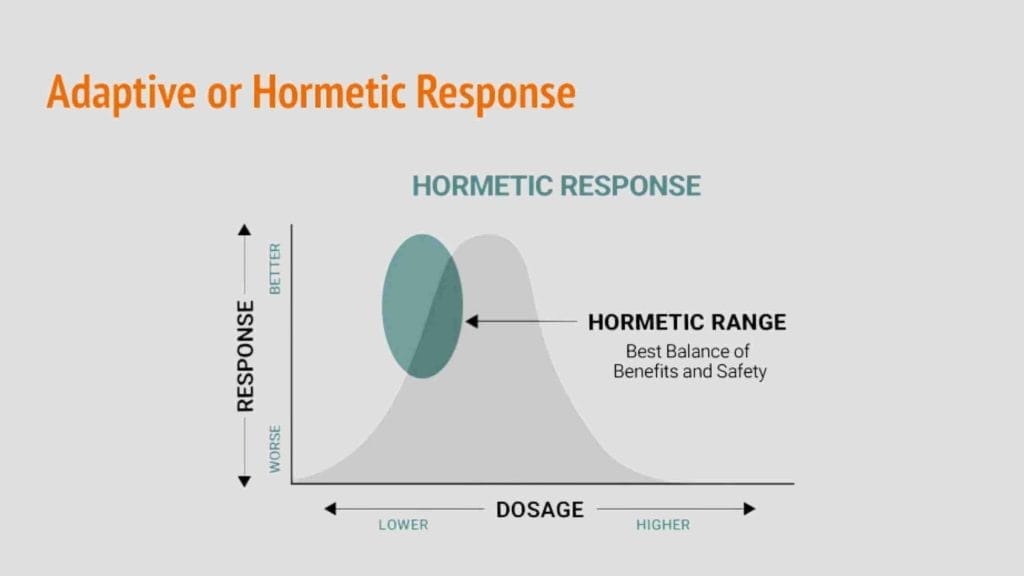
‘What doesn’t kill you makes you stronger’
Before we explore which is better, sauna or ice bath, let’s define the process and goal of recovery from a physiological standpoint. What does the body do following exercise and what are we aiming to achieve from partaking in recovery practices like cold plunge, infrared sauna or steam sauna, cold showers, using red light therapy devices, meditation, stretching, using massage guns and myofascial release tools?
Without us necessarily having to do any of these recovery specific activities, our bodies are constantly attempting to return us to our natural resting state, known as ‘Homeostasis’. Homeostasis is defined as a self-regulating process by which an organism can maintain internal stability while adjusting to changing external conditions. We are constantly fighting off infection, healing from bumps, cuts and injuries, catching our breath after sprinting for the bus, digesting food and sleeping (hopefully 8 hours) through the night, all of which is part of returning to a natural balance.
Read Also: Best Cold Plunge Tubs in 2024
As we can see from the table above, exposing yourself to stressors like ice baths or sauna for the purpose of recovery can cause a hormetic response or adaptive hormesis. The old adage, ‘“what doesn’t kill you makes you stronger”, is the best way to describe hormesis, whereby the body adapts to the stressful stimulus, be it cold, heat, light, stress, or load from exercise, and becomes faster, stronger, more efficient at dealing with that stress the next time around. As the diagram also shows, there is a point of diminishing return with deliberate exposure to stressors and finding the sweet spot for sauna or ice bath session length and temperature (dosage) is the key to getting the most benefit out of it.
Read Also: Best Infrared Saunas of 2024
When we engage in deliberate cold exposure from cold plunge or deliberate heat exposure from using saunas, we are trying to promote a further nudge in the right direction for certain hormones and physiological responses like blood flow, heart rate, sweating or shivering to speed up this process of recovery. You can picture homeostasis like the float in a toilet system. As the water becomes lower, the float also drops to open the valve to refill the water and keeps it at a constant level for the next use. When we ice bath or sauna, we are attempting to manually add water to achieve a faster recovery result.
Sauna for recovery
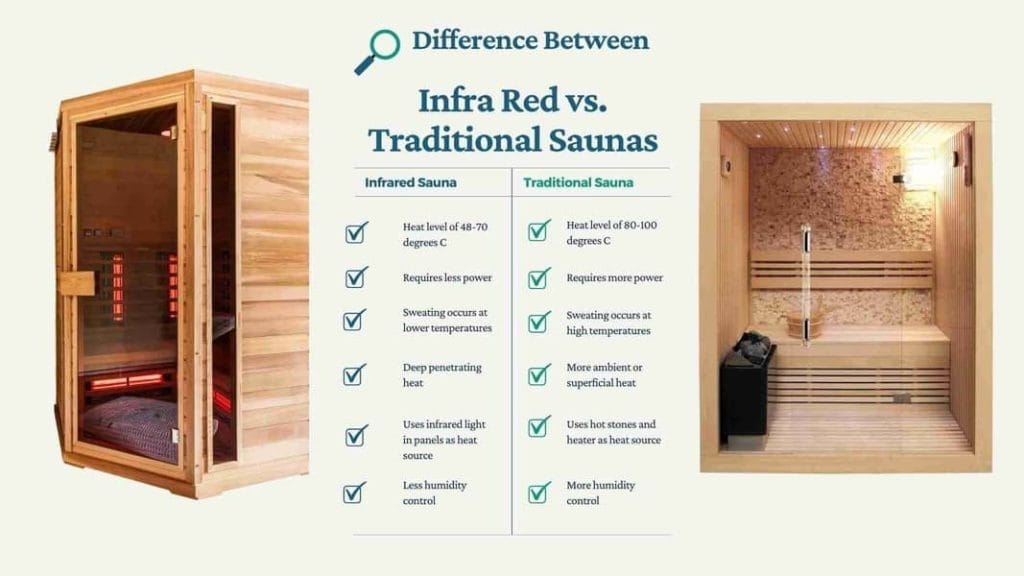
Infrared sauna vs traditional sauna comparison
Sauna use for athletes is nothing new, with many professional teams having their own on-site saunas. Recovery from a hard workout or intense race is critical, with the goal being to get back to training as soon as possible. While rest and nutrition are key, adding sauna use into the mix can help speed up the recovery process. Saunas can come in the form of traditional saunas, infrared saunas, steam saunas and even infrared sauna blankets.
Traditional saunas, which use heated rocks or electric heaters to produce dry heat, are a common choice among athletes. The high temperatures experienced in traditional saunas promote relaxation of muscles, increase blood flow, and induce sweating. This sweating helps eliminate toxins and metabolic waste products from muscles, which can contribute to soreness and fatigue. By facilitating the removal of these by-products, saunas support muscle recovery and reduce the likelihood of delayed onset muscle soreness (DOMS).
Infrared saunas have also gained popularity among athletes due to their unique therapeutic benefits. Unlike traditional saunas, which heat the air around the body, infrared saunas use infrared light to penetrate deeper into tissues, generating heat from within. This deep tissue penetration induces a more profound sweat response at lower temperatures compared to traditional saunas. The gentle heat of infrared saunas helps relax muscles, alleviate tension, and improve circulation, all of which promote faster recovery and muscle repair.
Steam saunas, characterized by their high humidity and lower temperatures compared to traditional saunas, offer a different set of benefits for athletes. The moist heat in steam saunas helps open up pores, cleanse the skin, and promote detoxification through sweating. This detoxifying effect can complement the body’s natural recovery processes by flushing out impurities and enhancing overall skin health. Steam saunas are particularly favored by athletes looking to improve skin elasticity and clarity while supporting post-exercise recovery.
In recent years, infrared sauna blankets have emerged as a convenient and portable alternative to traditional sauna experiences. These blankets use infrared technology to deliver therapeutic heat directly to the body, similar to that of an infrared sauna. Athletes appreciate the versatility of sauna blankets, as they can be used at home, during travel, or even in between training sessions. The compact design and ease of use make sauna blankets a practical choice for maintaining recovery routines while on the go.
Vasodilation
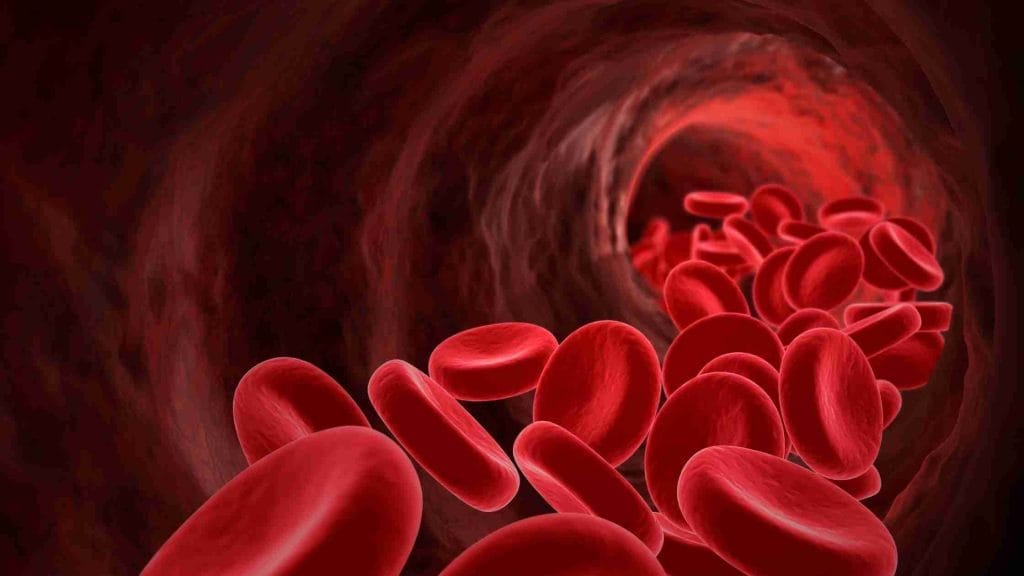
Sauna use increases blood flow and circulation
Research is starting to catch up as to why heat therapy is so beneficial for athletes. Saunas may benefit heart health, as high temperatures encourage blood vessels to expand, which lowers blood pressure and improves circulation.
Improved circulation induced by sauna use can have significant implications for cardiovascular function. By enhancing blood flow, saunas promote the delivery of oxygen and nutrients to muscles and tissues throughout the body. This increased circulation not only supports muscle recovery after strenuous exercise but also aids in the removal of metabolic waste products accumulated during physical activity. Athletes may experience reduced muscle soreness and faster recovery times as a result, enabling them to return to training or competition sooner.
Furthermore, regular sauna use has been associated with improvements in vascular health markers. Studies have indicated that sauna sessions can enhance endothelial function, which refers to the health of the cells lining blood vessels. Healthy endothelial function is crucial for maintaining flexible and responsive blood vessels, optimizing blood flow regulation, and reducing the risk of cardiovascular diseases such as hypertension and atherosclerosis. For athletes, maintaining robust cardiovascular health is essential for sustaining endurance, stamina, and overall athletic performance.
In addition to its cardiovascular benefits, sauna therapy may also support immune function and enhance overall well-being. Sweating during sauna sessions helps eliminate toxins and pathogens from the body, which can bolster the immune system’s ability to fight off infections and illnesses. This detoxifying effect, combined with the relaxation induced by sauna heat, promotes a sense of rejuvenation and mental clarity. Athletes often report feeling more refreshed and mentally focused after sauna sessions, which can contribute to better performance during training and competition.
Inflammation reduction
On top of that, sauna use can help to reduce inflammation, which is often responsible for the delayed onset muscle soreness (DOMS) that many athletes experience after a tough workout.
The heat exposure experienced during sauna sessions triggers a physiological response that can help mitigate inflammation. Heat stress stimulates the release of anti-inflammatory cytokines, which are proteins that regulate immune responses and reduce inflammation. This anti-inflammatory effect can help alleviate muscle soreness and stiffness, allowing athletes to recover more quickly and resume training with reduced discomfort.
Moreover, sauna-induced sweating facilitates the elimination of metabolic waste products, such as lactic acid and urea, which accumulate in muscles during exercise and contribute to post-exercise soreness. By promoting detoxification through sweating, saunas support the body’s natural processes of metabolic waste removal, thereby reducing the inflammatory load on muscles and enhancing recovery efficiency.
In addition to its direct effects on inflammation and muscle soreness, sauna therapy promotes relaxation and stress reduction, which can further support recovery efforts. The heat and humidity of sauna environments induce a state of deep relaxation, helping to alleviate mental and physical tension accumulated during intense training sessions. This relaxation response triggers the release of endorphins, natural pain-relieving chemicals that enhance feelings of well-being and promote a restorative rest.
Athletes who incorporate regular sauna sessions into their recovery routines often report improved flexibility and joint mobility. The heat and moisture in saunas help relax muscles and increase blood flow to joints, which can alleviate stiffness and enhance range of motion. This improved flexibility reduces the risk of injury during subsequent workouts and supports overall musculoskeletal health, enabling athletes to maintain peak performance levels over time.
Reduces oxidative stress
Far-infrared saunas (FIRS) or infrared heat therapy rooms which emit light directly into the body to around 140°F (60°C), can also encourage increased exercise tolerance, and reduce overall oxidative stress, chronic pain, and chronic fatigue.
One notable benefit of FIRS is its potential to improve exercise tolerance and endurance. Regular sessions in a far-infrared sauna have been shown to enhance cardiovascular function by increasing heart rate and improving blood circulation. This cardiovascular conditioning can lead to improved exercise performance, as the body becomes more efficient at delivering oxygen and nutrients to working muscles. Athletes may experience enhanced endurance levels and reduced perceived exertion during physical activities, which can contribute to better overall fitness and athletic performance.
Furthermore, far-infrared sauna therapy is recognized for its ability to reduce oxidative stress within the body. Oxidative stress occurs when there is an imbalance between free radicals (reactive oxygen species) and antioxidants, leading to cellular damage and inflammation. The gentle heat from FIRS stimulates the production of heat shock proteins (HSPs) and activates antioxidant enzymes, which help neutralize free radicals and mitigate oxidative damage. By reducing oxidative stress, FIRS can support cellular health, enhance recovery from exercise-induced oxidative damage, and promote overall resilience.
Related Article: How Infrared Saunas Work
Mitochondrial biogenesis

Mitochondrial biogenesis is the process whereby the cells produce new mitochondria. At the same time, mitochondrial biogenesis is the process responsible for removing damaged cells, in a somewhat recycling process for the cells. UT Health Science Center’s Dr. Rhonda Patrick, a leading researcher on nutrition, ageing, and disease, promotes that “repeated heat therapy increases biomarkers of mitochondrial biogenesis, mitochondrial function by 28%, and heat shock protein 70 by 45% among healthy volunteers.”
While the science tells us that mitochondrial biogenesis is dampened with age, there are certain stimuli that we can use to promote its continuation. The best way to increase mitochondrial biogenesis are hard exercise like weight lifting and high intensity interval training (HIIT), intermittent fasting or caloric restriction, and, you guessed it, hot or cold therapy like sauna or ice bathing.
Adaptive hormesis
Patrick’s 2021 study on Sauna Use as a Lifestyle Practice to Extend Healthspan also shows that repeat sauna use acclimates the body to heat and improves its response to future exposures, probably because of hormesis, a compensatory defense reaction following mild stress. Adaptive hormesis is based on the principle that your body can adapt to stress in a positive way.
This means that the use of a sauna after a workout can help the body to adapt and become more resilient. This may lead to better performance in future workouts and also have other benefits, such as improved detoxification and circulation.
Ice Bath or Cold Plunge for recovery
Here is the secret with cold plunge. It is cold, it is uncomfortable, but you need to do it consistently. Hippocrates, the father of medicine, studied and introduced the benefits of bathing in cold water to us. The concept of taking an ice bath for health benefits like faster exercise recovery and improved mental health has since continued to evolve.
Shop Best Cold Plunge Tubs of 2024
Mental resilience
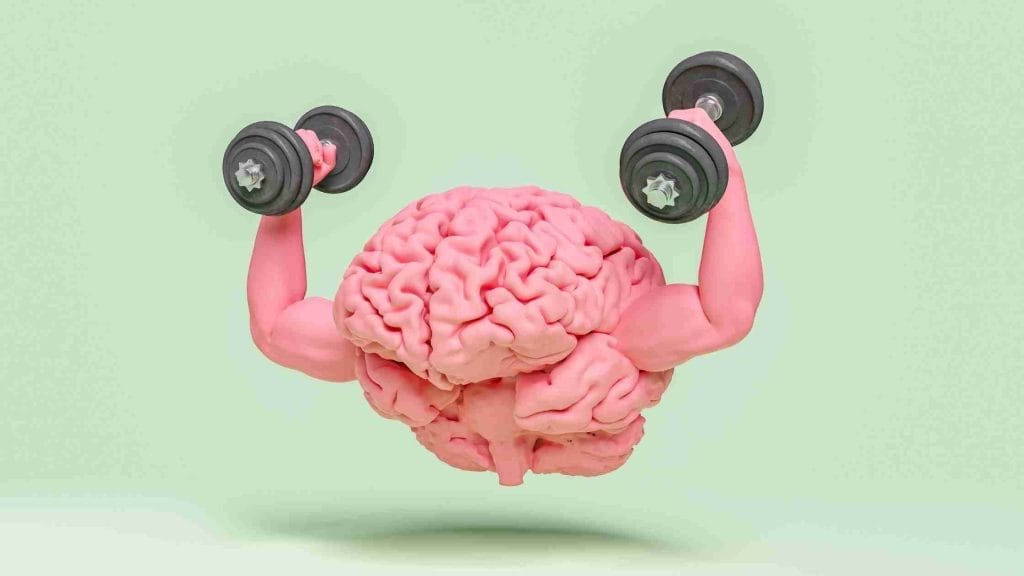
Athletes have used ice baths as a recovery method for many years. When used properly, it can speed up the healing process and enable the athlete to feel better sooner. Ice baths will test your resolve and, in an interesting podcast with Dr Andrew Huberman about deliberate cold exposure, he talks about “climbing the walls” that are associated with the mental barriers that present themselves as milestones are reached in a cold plunge session. There are loads of reasons to use ice baths for recovery and we will explore them.
Lactic flushing and reduced DOMS
As lactic acid is flushed out, muscle aches, burning, rapid breathing, nausea, and stomach pain reduce, and your muscles’ healing process is activated after strength training. A 2017 study on Cold Water Immersion shows ice baths aren’t better than a traditional cooldown, but state that they do complement muscle recovery.
Despite reported analgesic and placebo effects, the study concludes that the benefits of greater functional recovery and improved subsequent performance outweigh the risks of delayed onset muscle soreness.
Adaptive hormesis
Having said that, ice baths have also been known to promote the adaptive hormesis response we mentioned earlier. Wim Hof, an extreme athlete known as “The Iceman” and proponent of ice therapy, believes that exposure to the cold helps the body adapt to harsher conditions.
Hof introduced the Wim Hof Method, which involves two essential hormetic stressors, breathing technique, and cold exposure. During this practice, powerful inhalations, relaxed exhalations, and prolonged breath holds in the cold are required, resulting in an overall boost in immunity, improved sleep, decreased stress, access to the autonomic nervous system and a sharpened focus.
Norepinephrine release
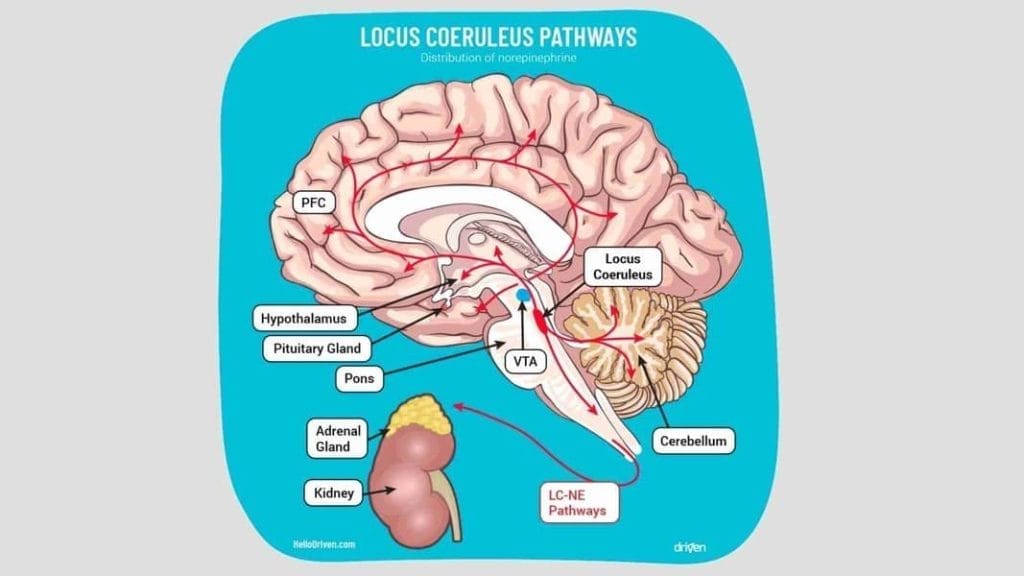
How the brain releases norepinephrine during cold plunge
Ice baths have been shown to release high levels of norepinephrine. Produced in the adrenal glands, norepinephrine can act as both a hormone and neurotransmitter. As Dr Rhonda Patrick explains, norepinephrine can play an important role in allowing our mitochondria to directly produce heat through greater production of brown fat, which is a beneficial ‘fat burning fat’.
Cold exposure can increase energy expenditure which has metabolic benefits, with the non-shivering thermogenesis induced by cold plunge, regulated by the release of norepinephrine. She also mentions that norepinephrine can improve brain function associated with mood, neurodegeneration and depression.
Choosing the Right Recovery Method
So, which is the better option for recovery, sauna or ice bath? It depends, really. The effects of both heat and cold stress can be used independently or in combination with exercise and physical activity to maintain or improve overall health.
That being said, in order to determine the best recovery for you, we will take into account factors such as the type of exercise or physical activity you engage in, as well as the required recovery period and when you need to perform next.
Recovery from Running

Despite their torturous nature, ice baths remain a popular recovery method among runners due to their ready-to-use functionality; one can simply fill a tub with ice-cold water and immerse themselves in it for up to 15 minutes.
Runners usually have a 30-minute recovery window after hard runs to replenish glycogen stores, and after a long day in the sun, a cold water immersion session could stop assist in limiting overheating and relieve fatigue, as untreated fatigue symptoms can last at least 24 hours.
Additionally, ice baths when used correctly provide recovery benefits such as a healthier heart, improving heart rate and blood flow.
As ice baths aid in muscle recovery by constricting blood flow to the affected areas, resulting in a reduction in inflammation and swelling, it is recommended that ice baths be accompanied by an active recovery program.
In the long run, ice baths have proven to be controversial with regard to their ability to improve overall performance.
Hakan Westerblad, expert of exercise physiology at the Karolinska Institute in Sweden, highlights studies that show varying outcomes regarding the effects of post-exercise ice baths, ranging from reducing muscle soreness to actually having little to no effect.
It remains to be determined whether ice baths have long-term health benefits, but they have been shown to be beneficial for quick recovery from physical activity involving a short recovery period.
For recovering from a run, the verdict is that ice baths are better than sauna. The anti-inflammatory properties of cold plunge are superior for recovery from endurance based exercise, as are the lactic flushing benefits. Aim to accumulated at least 10 minutes in a cold plunge tub following a run, then progress into a sauna the following day or the afternoon for the vasodilation and blood flow benefits to push fresh, blood, oxygen and nutrients to the muscles.
Recovery from Weightlifting
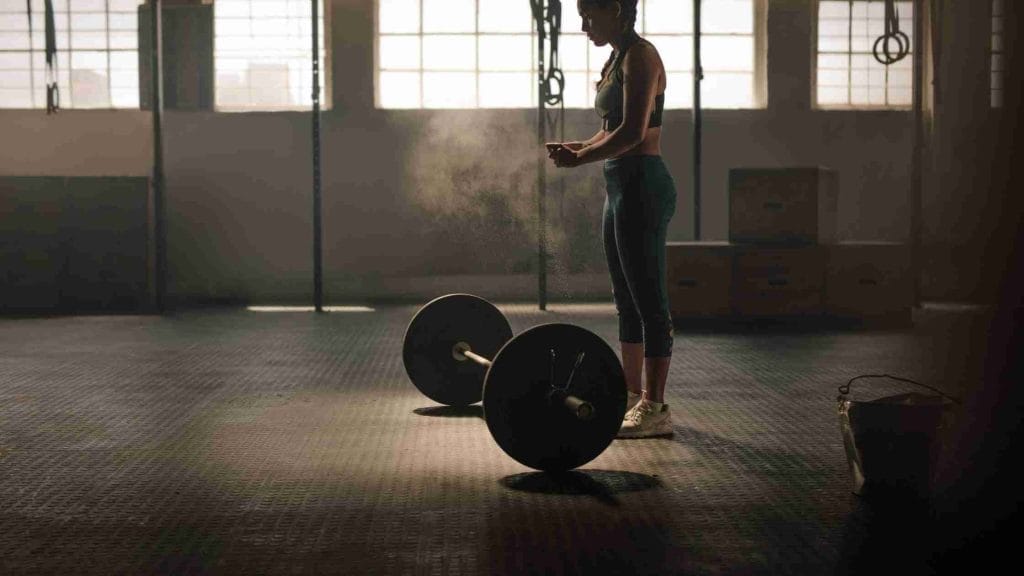
Weightlifting promotes hypertrophy, an important component of muscle growth and repair. While strength training and proper sleep can contribute to the development of muscle mass, studies show that saunas can help develop it as well.
Naturally, muscles adapt by becoming larger and stronger when they are subjected to resistance. Through sauna treatments, also known as hyperthermia, there is an increased production of heat shock proteins that repair damaged proteins.
Exposure to sauna treatments along with strength training also promotes the release of growth hormone in the endocrine system, which is responsible for muscle growth and provides better control of physiological functions.
According to Andrew Huberman, Ph.D., from the Department of Neurobiology at Stanford University School of Medicine, deliberate heat exposure of various types several effects on the body. Sauna bathing, in particular, promotes cardiovascular health, and that the frequency with which sauna bathing sessions are conducted per week is significantly related to the reduction of cardiovascular disease risk.
On top of that, the use of saunas reduces oxidative stress, which overall lessens the risk of fatigue, and through heat stress promotes neurogenesis, or the growth of new brain cells, which is critical to improving brain function.
Saunas are ideal for workouts requiring an extended recovery interval, as well as for workouts that promote muscle growth and adaptation to the functions of the body.
For recovery from weightlifting, olympic lifting or hypertrophy style training the verdict is that sauna is generally better than ice bath. Ice bath can delay inflammation that is required for muscular hypertrophy. Stick to sauna in the first 48 hours after weight training, then add in some ice bath protocols after that.
Recovery from HIIT
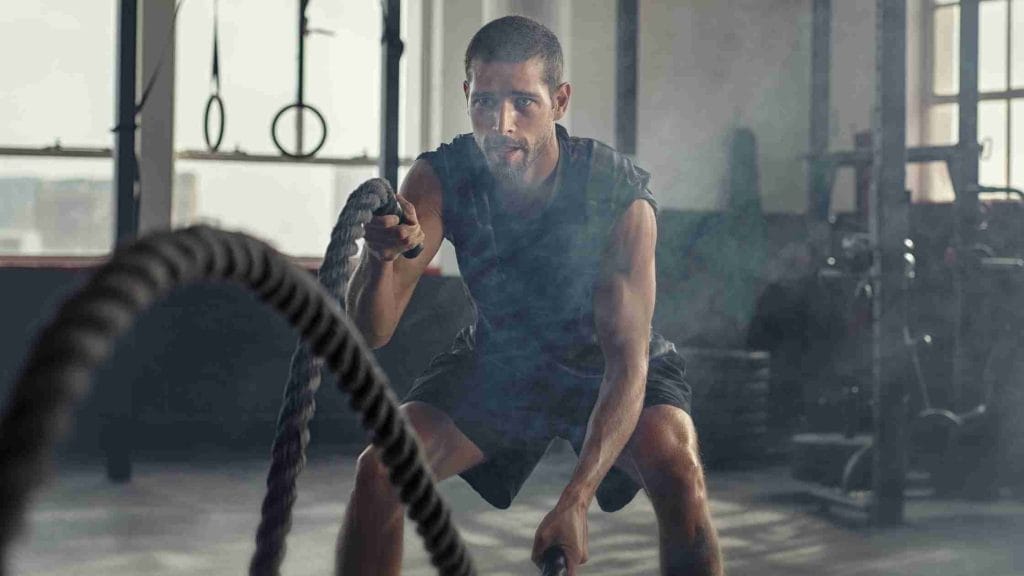
Due to the varying movements, demanding full body focus, and rapid pace, a high-intensity interval training (HIIT) session can result in muscle knots, limited range of motion, and lasting soreness without proper recovery.
Keeping an active recovery or a low-intensity work level during the cooldown phase of a training session can actually be a means of continuing HIIT progression. As a result, specific recovery mechanisms are activated without causing increased fatigue. Taking a few minutes to walk or cycle, and with proper stretching, can give your heart a smoother transition from work to rest, helps lessen muscle soreness, and keep proper blood flow.
Contrast therapy, or an ice bath and sauna combo, can help promote production of both heat shock proteins that reduce neuroinflammation, and cold shock proteins, that strengthen the immune system. It may seem daunting at first, particularly if you haven’t tried this recovery combination before – but like most treatments, begin gradually and work your way up from there.
Both ice bath and sauna treatments also promote adaptive hormesis, so you can get one-two punch of recovery benefits by using this combo. In general, a combined hot and cold treatment such as contrast therapy is proven more effective than solely relying on passive recovery or rest after various forms of exhausting exercise.
In addition to reducing muscle soreness, the benefits include improving muscle function as a result of reducing muscle strength loss.
For recovery from HIIT, the verdict is sauna is better than ice baths. We prefer a combined cold plunge and sauna ‘nordic fusion’ or contrast therapy, which has its own potential benefits from the reheating and re-cooling processes involved.
Recovery from Marathons
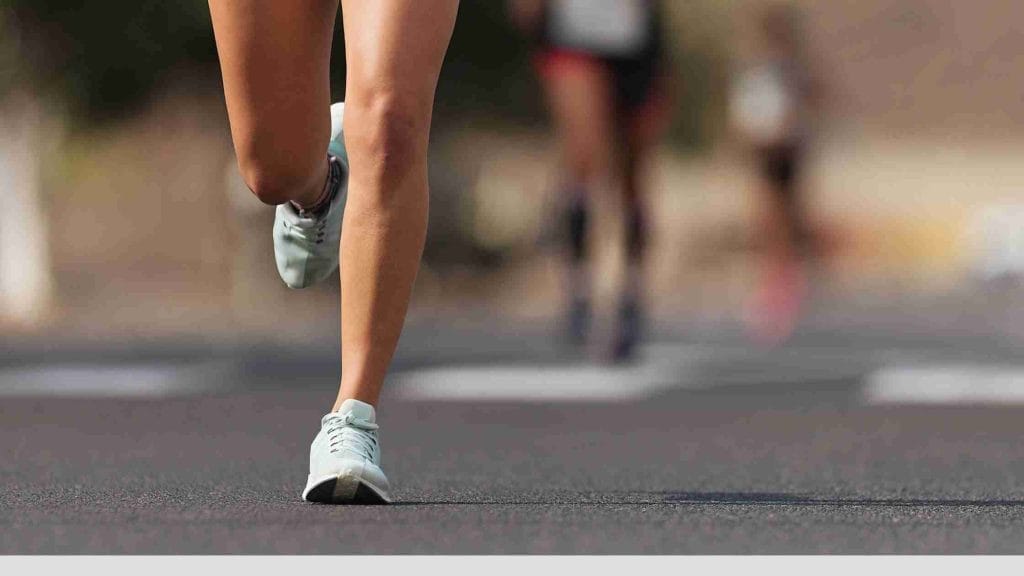
Endurance athletes who participate in long-distance running events, such as marathons, often experience physical and psychological symptoms in the days and weeks following the race. While some may feel a runner’s high after completing a marathon, others may feel fatigue, suffer bone-stress injury, among others.
Running a marathon or other intense physical activity requires a full recovery to facilitate overall health and prevent burnout. Recovery may take several days or weeks, depending on the degree to which fatigue interferes with normal daily activities.
Having said that, cold water immersion may be beneficial for muscle relief immediately following a race. As reported by the BBC, ice baths reduce blood flow, resulting in a slower rate of muscle protein synthesis. After an injury or strain, the muscle rebuilds itself in this process.
As beneficial as ice baths are for post-marathon recovery, what you need next is to increase blood flow. In this way, sauna bathing may improve your overall endurance performance over the long term, presumably by increasing blood volume and increasing blood circulation throughout the body.
For marathon recovery, the verdict is ice baths are better than sauna.
Final Thoughts on Sauna vs Ice Bath
Your body continues to grow and repair itself after the stressor of physical exercise and movement and it is important to really optimise this recovery potential particularly in the 48 hours after your workout, which is why it’s so important to make sure you allow yourself enough time for recovery after each and every session.
If you don’t give your body the chance to rest and rebuild through adequate rehydration, nutrition, cold and heat modalities, compression and massage therapy, you could be doing more harm than good.
Adaptive hormesis generally plays a role in both sauna and ice bath treatments. The stress agent promotes several major health benefits, including the activation of antioxidant defences, the stimulation of mitochondrial biogenesis, and the prevention of injury.
To decide on whether you should use sauna vs ice baths for the most beneficial recovery, should be based on the mechanics of the exercise you are recovering from as well as the period of recovery you have until your body needs to perform again. As a general rule, the expert advice is to use ice and cold therapy for recovery after cardio based training and to use heat therapy like sauna post strength training. If you just love ice baths and enjoy the feeling of jumping into a cold plunge, try waiting 24 hours after your strength training to let the natural healing process of inflammation and hypertrophy take effect.
While warming up in a sauna or hopping into an ice bath remain controversial, each has its own benefits that athletes can incorporate in their recovery process to speed up recuperation and improve overall health.
The verdict: saunas appear to provide the best all round approach to improving recovery time and increasing beneficial hormones like testosterone and human growth hormone although the risk of over using sauna and heat therapy in general is much higher.
Whether you sauna or ice bath, stay safe and practice within your limits.



